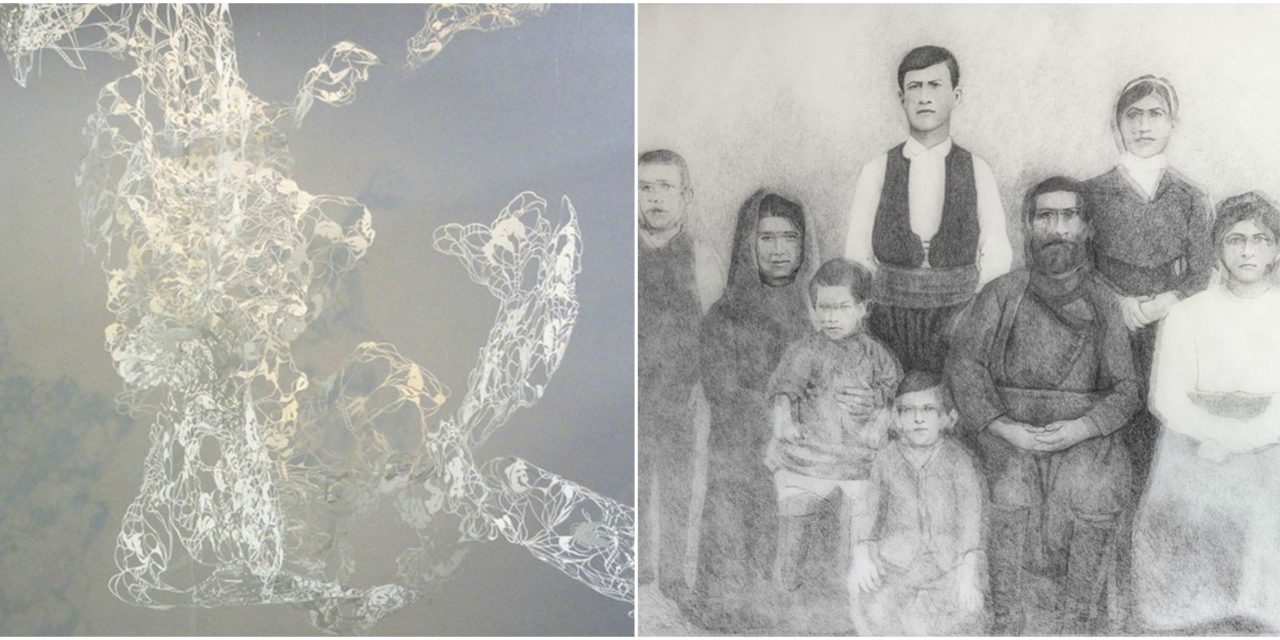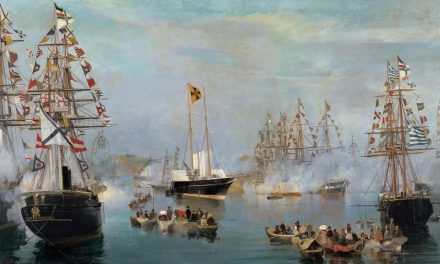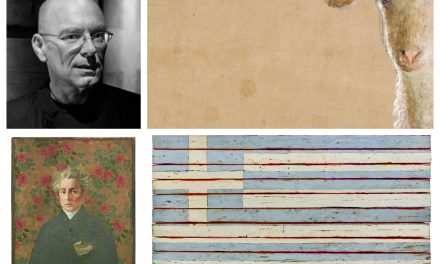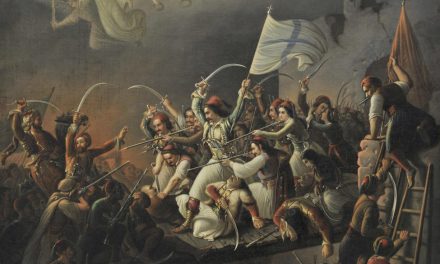2019 marks the 130th anniversary of Georgios Gounaropoulos birth (1889-1977), who was one of the forerunners of modern art in Greece, as well as the 40th anniversary of the Gounaropoulos’ Museum foundation. On this occasion, an exhibition titled “Line. Hommage à Gounaro II” is held at the Museum (running through January 31, 2020) alongside the permanent collection of Gounaropoulos’s paintings, showcasing works by seven contemporary Greek artists who use the line as their main means of expression: Antonis Choudalakis, Andreas Christodoulou, Maria Dimaki, Nikos Exarhos, Voula Koukkou, George Sakkas and Athanasia Vidali. Their works are created in a wide range of, sometimes, unpredictable media and bring a fresh approach to as many personal issues as to their connection with the wider framework in which they occur. The exhibition is also accompanied by an extensive program of parallel events, such as lectures and workshops.
Curated by art historian Dionissia Giakoumi, the show pays tribute not only to the mastery of Gounaropoulos’s line art but also to the importance of his use of line in any aspect of the composition in his work. A thorough aesthetic analysis of Gounaropoulos’ work can be found in the study by Yorgos Mourelos entitled “Gounaro”, which was published by the French Institute of Athens in 1958. As Mourelos points out in his study, it would be difficult to accommodate Gounaropoulos’ work within one of the categories in which we usually classify the manifestations of modern painting, for it does not belong to any of those categories. If one wanted to attempt a characterization, one should borrow a term from another field of art and call it “poetic painting”. One could also use another term and call it “dreamy painting”.
One could say that the originality of his art chiefly consists of the way in which he distributes light. Instead of illuminating his objects from the outside, as almost all his predecessors had done, he illuminates them internally. Another key characteristic of Gounaropoulos’ drawing technique though is the all but absolute predominance of the curve. Drawing takes the form of a one-liner, for the line evolves through its own dynamism like a melody that will not end until its theme has reached its completion. The dynamism of Gounaropoulos’ pictorial space is especially conspicuous in his pencil drawings. In Gounaropoulos’ drawings there is not the slightest trace of affectation, not the slightest sign of mental construction. Thanks to the transparency of his drawing technique, the marriage of drawing and light is so perfect, that they come to form an inseparable whole.
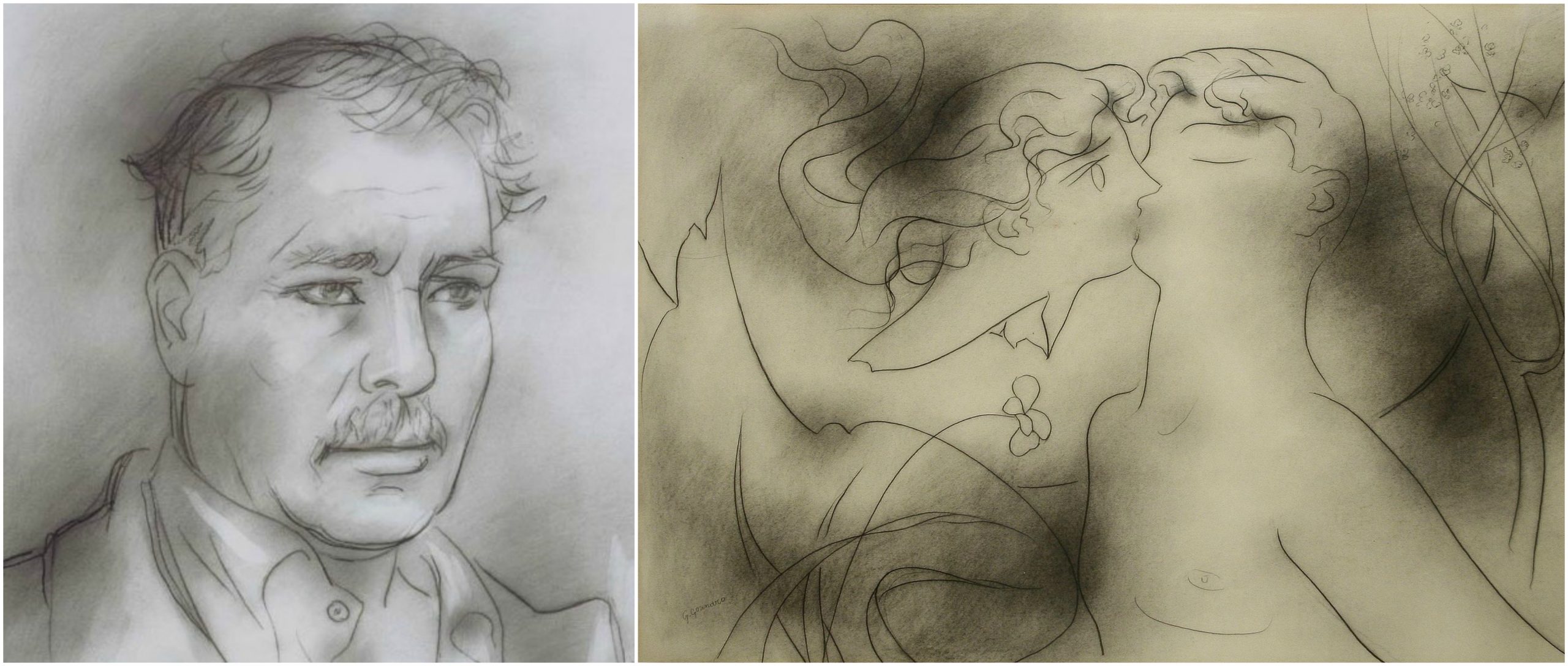 Gounaropoulos’s style was influenced by Post-Impressionism, Symbolism and Surrealism, and by his fascination with ancient Greek mythology. His ethereal, lyrical paintings include still life, landscapes and portraits, but also an important series of surrealistic and atmospheric nudes. His work is highly esteemed and his role of great importance in the artistic development of the ‘30s generation. Born in Sozopolis (a small town on the Bulgarian coast) to Greek parents, Gounaropoulos moved with his family to Athens in 1906 and studied painting at the Athens School of Fine Arts (1907-1912) under professors Spyros Vikatos, Dimitrios Geraniotis, Georgios Roilos and Georgios Jakovides. Having acquired an Averoff scholarship, he went to Paris in 1919, where he completed his studies at the Julian and Grande Chaumiere Academies. Among other distinctions, he received the international Guggenheim Prize in 1958 while his work was presented in a retrospective exhibition at Greece’s National Gallery – Alexandros Soutsos Museum in 1975.
Gounaropoulos’s style was influenced by Post-Impressionism, Symbolism and Surrealism, and by his fascination with ancient Greek mythology. His ethereal, lyrical paintings include still life, landscapes and portraits, but also an important series of surrealistic and atmospheric nudes. His work is highly esteemed and his role of great importance in the artistic development of the ‘30s generation. Born in Sozopolis (a small town on the Bulgarian coast) to Greek parents, Gounaropoulos moved with his family to Athens in 1906 and studied painting at the Athens School of Fine Arts (1907-1912) under professors Spyros Vikatos, Dimitrios Geraniotis, Georgios Roilos and Georgios Jakovides. Having acquired an Averoff scholarship, he went to Paris in 1919, where he completed his studies at the Julian and Grande Chaumiere Academies. Among other distinctions, he received the international Guggenheim Prize in 1958 while his work was presented in a retrospective exhibition at Greece’s National Gallery – Alexandros Soutsos Museum in 1975.
In 1978, his son, Elias Gounaropoulos, donated his father’s studio and forty oil paintings to the Municipality of Zografou, where the Gounaropoulos Museum was created. In 1990 the Municipality extended the museum with a new building which functions as a center of Art and Culture. The Museum’s permanent collection includes more than forty of the artist’s oil paintings and drawings, displayed in the setting in which they were created. The Museum also features a modern gallery space, which hosts temporary exhibitions, lectures, seminars and other cultural events, including activities for children.
E.S.
TAGS: ARTS | ATHENS | FESTIVALS | GLOBAL GREEKS | HERITAGE

